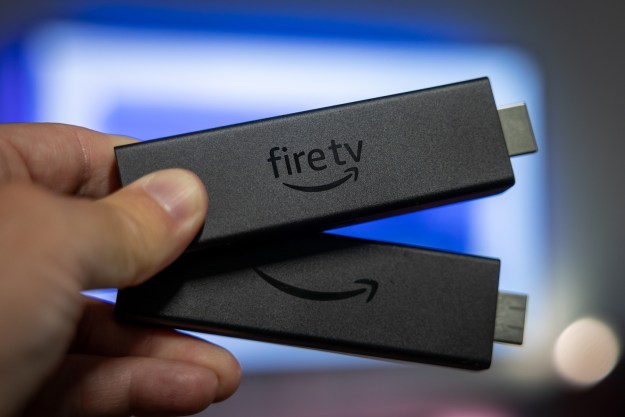
The Netflix-related findings were secondary to Sandvine’s primary focus within the study that synthesized usage data from more than 250 ISPs worldwide. Apparently, U.S. “cord-cutters” – those who don’t pay for satellite or cable subscriptions – gorge on roughly 212GB of data per month (seven times more than the typical pay-TV subscriber’s 29GB), 153GB of which go toward “real-time entertainment usage.” The number equates to an average of 100 hours of streaming each month, Sandvine said in a blog post.
The report also indicates that Internet users, in general, are accessing increasingly larger amounts of data on a monthly basis. The overall mean usage on North American fixed-access networks (as opposed to mobile networks) was 51.4 GB in March, which is up from the 44.5 GB noted in Sandvine’s most recent previous study. Cord-cutters as a whole currently dominate network usage, accounting for a 54-percent majority of total monthly network traffic.
Today’s news comes after a report released by Sandvine in November 2013, which showed that Netflix and YouTube collectively accounted for just over 50 percent of downstream traffic on fixed networks – a massive number that continues to grow as more and more users turn to the Internet for their entertainment fix.


